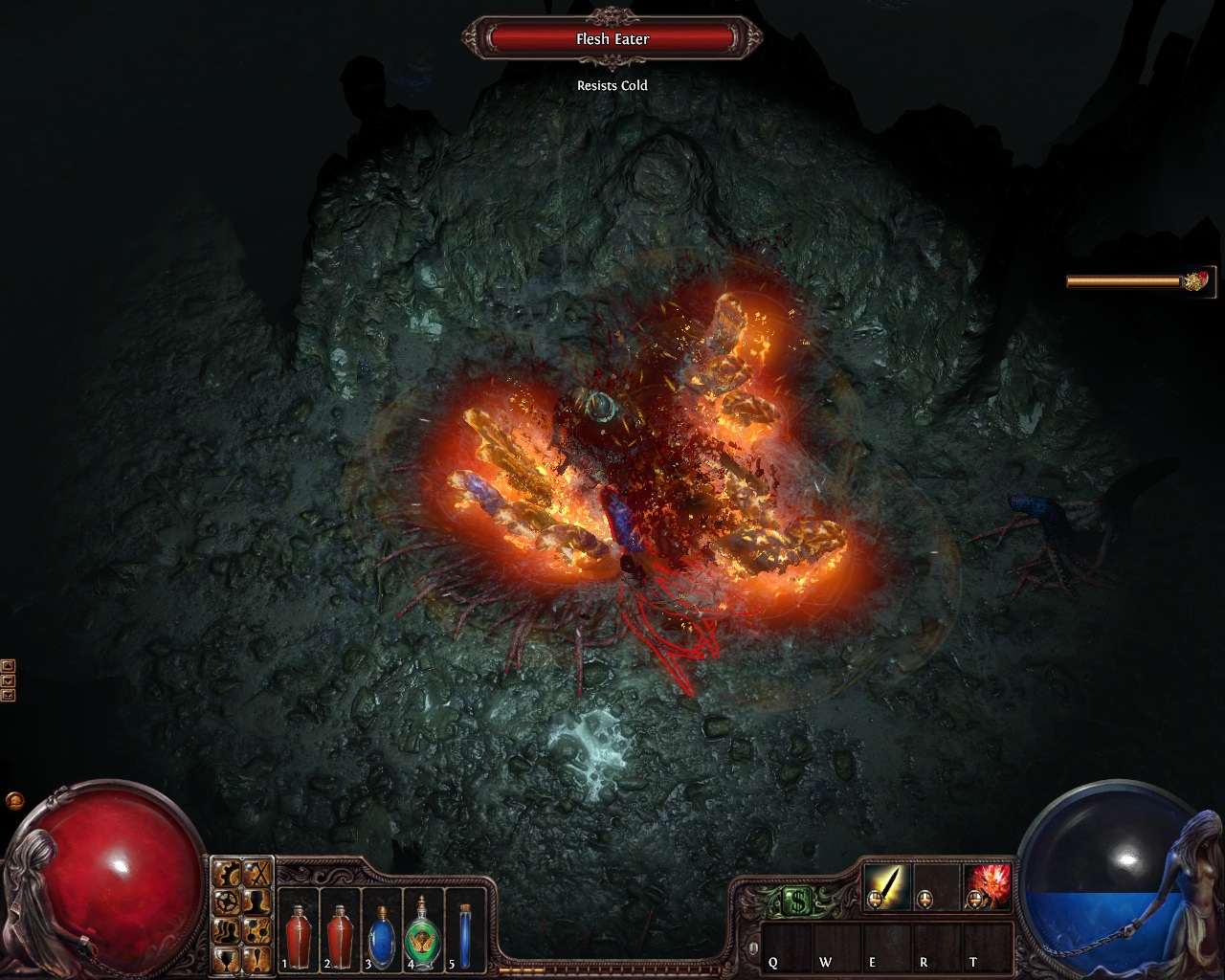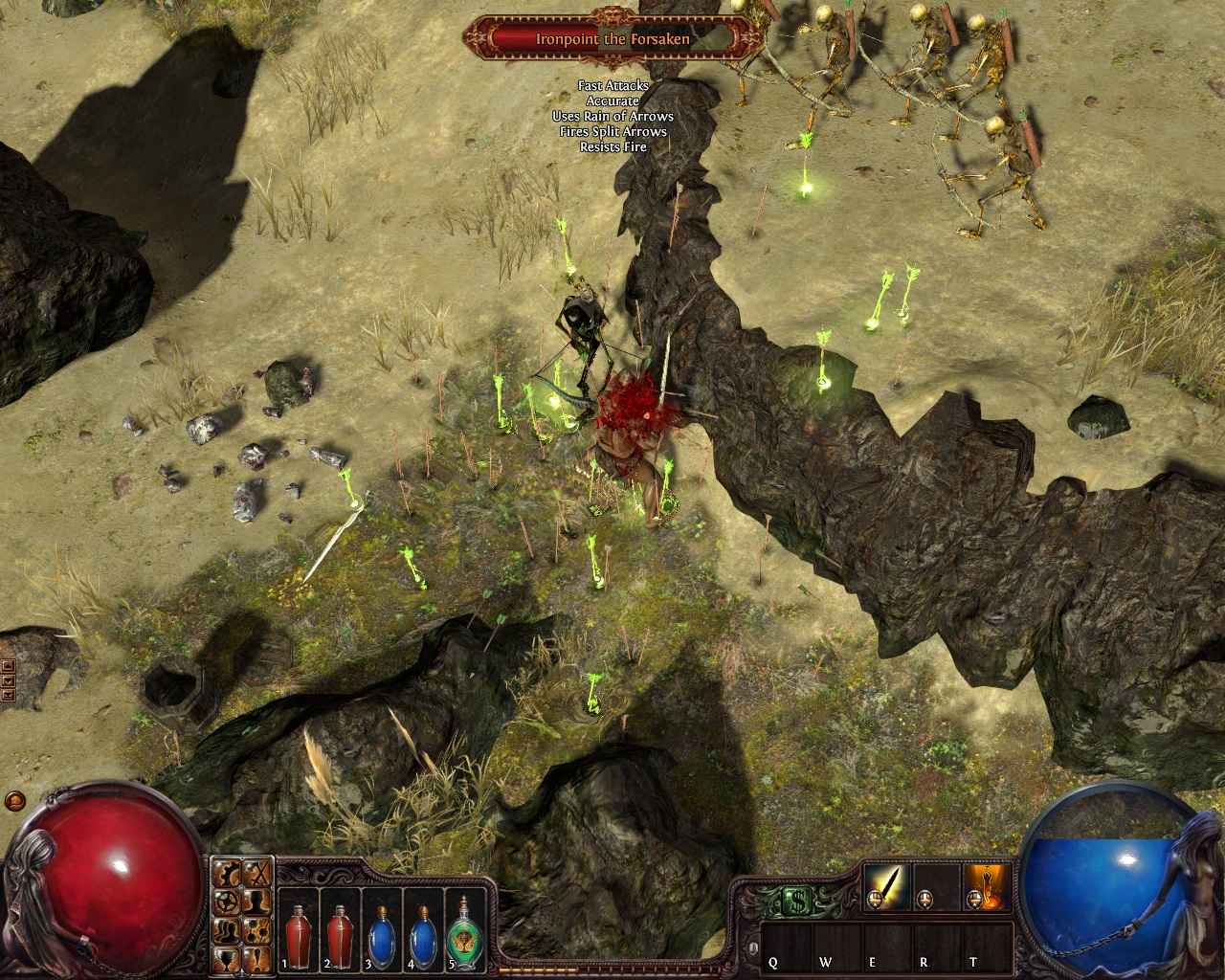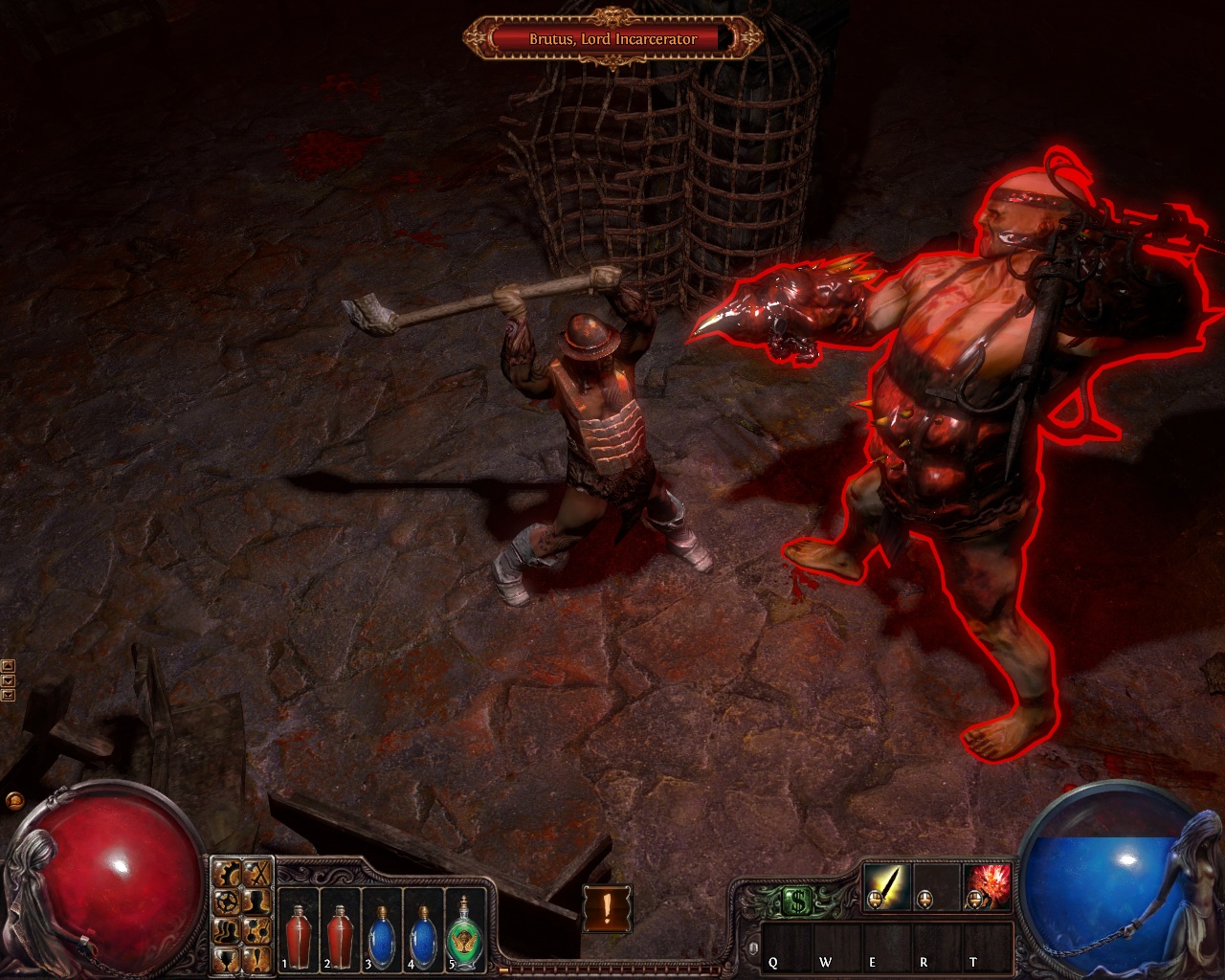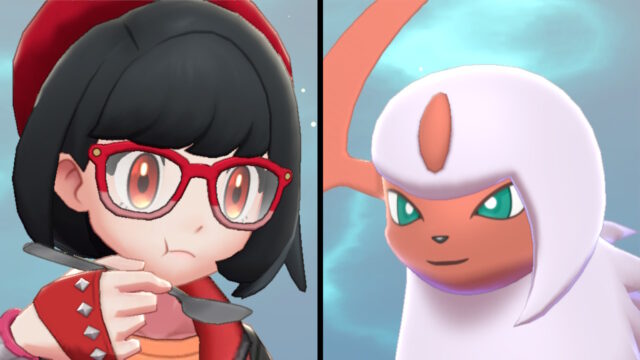Not Just Devil, or (Relatively) Brief Overview of the Main Features of Path of Exile
Since the release of the first part of the legendary Diablo by the unknown company Blizzard, 17 years have passed. Since then, the market has never experienced a shortage of hack-and-slash games of varying quality. It is enough to mention only the most famous games of the genre, so that further description of their essence makes no sense: the Diablo series, Sacred, Dungeon Siege, Torchlight, Titan Quest, The Incredible Adventures of Van Helsing, and others. Therefore, today we will briefly analyze our patient into its components and consider its somewhat interesting features, if any.
The story and quest part of the game is frankly lacking and does not offer anything particularly intriguing. We receive quests. We listen to monologues (it is unclear why they are voiced at considerable cost – after all, no one plays PoE for a bedtime story). We complete tasks. The game takes place on the dark shores of a country called Wraeclast, where Ancient Evil blah blah blah… Skip. Minus point.

A riot of special effects in all its glory.
There are 6 (plus one hidden) moderately traditional characters to choose from. Three of them are pure representatives of one of the three possible attributes (strength, agility, intelligence), while the other three try to sit on two chairs at once. What we have here are standard attributes, standard characters without any frills. Minus point.
BUT, as it turns out, not everything is so simple. Because the characters essentially differ only in their position on the star map of passive skills in the game. Consisting of 1350 abilities clearly borrowed from “Final Fantasy X” and its “sphere grid”, the tree allows for the cultivation of truly diverse and flexible hybrids. No one forces you to play the implicit role of the class assigned to you – you are free to move in any available direction. Such an approach, even despite the obvious continuity, is truly pleasing. Plus point for boldness and careful implementation.

Constellation map, Path of Exile skill tree, Tokyo subway map, Sphere grid from FFX. Clickable.
Let’s consider the active abilities of each character… What’s this – no? Oops. Indeed, there isn’t. Instead of a personal set of abilities for each character, we are offered to search for and insert certain “skill runes” into equipment. For example, to master a strong attack, you need to find a red (linked to the attribute “strength”) stone of a strong attack and any equipment with a corresponding red socket. Then, five seconds of magic – and the ability is in your pocket. In addition, just like the hero, the stones gain experience and level up. All you need to do is wear the rune. What does this approach offer? Well, firstly, any character can potentially learn any ability. Secondly, you are free to change the priorities of the skills used at any time, simply by replacing the crystals in the equipment. And thirdly, if you bother enough and collect a collection of passive ability stones (yes, it happens), and high-quality equipment (with the required number of sockets of the required colors), you can influence the behavior of a particular ability in battle in different ways, imparting to it, like a product in a chemical industry factory, all new and new properties. Well, let’s say, teach a heavy blow to drain life. Or, for example, make lightning hit enemies in an area and apply a weakening aura. Who knows what else might come in handy? At first glance, a complex and intricate system in practice offers a lot of possibilities and fertile ground for experiments. It is a delicate and well-thought-out work, plus two points.
And there are also flasks. They are not just bottles here, restoring health or mana points and cluttering up the inventory, but full-fledged equipment items with their own set of bonuses. Moreover, healing potions are consumed in economical sips and are replenished as enemies are killed. There are even special flasks, for example, allowing you to speed up for a short time. A very convenient and logical system that eliminates the need to run after medkits and allows you to focus on battles. I approve, plus one point.

Boom! Headshot!
Moving forward. What do we have on the agenda? Oh yes, equipment, money, and everything related to that. Well, with the equipment, it’s more or less standard: an abundance of swords, axes, staffs, and other junk abundantly pours out from the bodies of slain monsters. Why not like in “Titan Quest” – what is worn is what drops? There is no answer. So, minus points for dishonesty. And gold, why don’t you drop? How am I supposed to buy a new shield then? Natural exchange, you say? Hm, hm. In general, for those who didn’t understand, the game currency in the game is represented by well-known scrolls (portals, identification), runes (same as skills, or special spheres that give equipment new properties), and, of course, items. The idea is interesting, but in practice, it sometimes leads to unnecessary problems when you desperately need an identification scroll to identify an axe, but there is none, and there is nowhere specific to get it from. And therefore… plus half a point for all the efforts.
Oh, and what is this? An energy shield, you say? And what is this shield doing in a fantasy setting? Well, okay, I won’t nitpick. Trend, you mean, trend. This very shield can be upgraded just like health, some items strengthen it, and in addition, every strong enemy is equipped with their own personal generator. Why introduce it at all, you ask? Well, more features, so to speak, more possibilities. As a result of this innovation, for example, a long run from particularly tough enemies only makes them a little thicker, allowing them to catch their breath and restore their shield. Same goes for you. Let’s give it another half point, I’m feeling generous today.

By the way, the genre name translates as “cut and chop”. I would have never thought.
And who would you order to destroy with such rich possibilities, gentlemen? Wow, what an extensive bestiary. The monsters are beautiful and each has different habits. But what about the bosses? They turned out to be bland, I swear. And among the regular mobs, there are plenty of absurdities: for example, unfortunate skeletons can easily drench the surroundings in liters of blood. Well, fine, we’ll give it half a point, you convinced us. And what about the difficulty levels? Wow, so many options. Here we have the normal difficulty, fairly balanced, but without any penalties. And the cruel/merciless modes, with the usual experience penalties for death. There’s also a hardcore mode, but without the possibility of permanent death. There are also certain leagues that have specific bonuses for monsters and players. It is planned that by February, 8 such leagues will be launched, and those players who conquer them all will receive t-shirts with the inscription “I live online” and the game’s symbolism. When all the difficulties are overcome, you are granted access to the so-called “endless laboratories,” something similar to what we saw in “Torchlight 2.” Well, you did a good job, even went a little overboard. Here’s your score.
Alright, now let’s briefly go over the main components of the gameplay mechanics. The overall graphics of the game are very pleasant and rich in special effects, the landscapes are rich in small details like fluttering seagulls or swaying leaves in the wind. The catacombs, by the way, are truly dark, just like in the times of “Diablo II.” The engine sometimes produces very tasty frames, although the flaws of the terrain generator can catch the eye. Well, there’s nothing left but to award our “Outcast” with two generous points – one for the engine and graphics, and the second for the fact that all this splendor is generated anew every time, and it’s unlikely that you’ll ever encounter two identical dungeons. And the locations are unlikely to get boring on the second playthrough, as it was in the same “TQ” or “Sacred.” At the same time, there are some inconveniences: for example, each location, being empty, is regenerated every 10 minutes. Enjoy endless monster farming, disappearing portals, and lost treasures if you linger in the town with goods for sale. Well, it’s worth deducting a point for that. And it serves them right.

My blood brothers. No, it’s not me who called them that, I swear.
And how about the sound? Does it also disappear? Not at all. The sounds do not spoil everything described, but quite the opposite. Neat authentic music too. What can you do, whether you like it or not, it’s only a plus. Two more points.
The game action constantly takes place online, and also it’s free-to-play here. This means:
- a) I need a stable internet connection, otherwise I can’t play, in addition, there are periodic connection errors (read: crashes), on the other hand, developers sometimes honestly warn about possible server problems during the game. For now;
- b) They don’t really force you to pay, but if you really want to – please do. Although there’s nothing to want for: animations of fighting gopaks and various spider pets are a questionable investment, unless as a personal token of gratitude.
- b) There is a rather pathetic semblance of parties and even PvP mode, but all of this is currently implemented more as a formality or as a work in progress, whichever is more pleasing.
- g) Departures, departures, DEPARTURES. Get ready to run through the same location a couple of times until you are lucky enough to find a way out before the game throws you back to the main menu again.
It is quite difficult to objectively evaluate all these project features. Therefore, with your permission, I will not mention the efforts of the guys from Grinding Gear Games on these fronts. It is too slippery and uncomfortable to enjoy the game, even considering its free nature.
And finally, a little more tar. For some reason, they still haven’t figured out how to quickly compare items in the inventory with what the character has, as well as auto-sorting in the storage and backpack. There are a couple more complaints if you want to find them. So, another negative.
That’s how the game turned out for the hot New Zealand guys. Being in development for 7 years, it does everything possible to meet any expectations. And although the beta test is officially over, the developers still have a lot of work ahead of them to rightfully call “Path of Exile” one of the best representatives of the genre. However, it seems that it’s not far off. But for now, everyone is invited to a free (not at all like cheese) tour of Wraeclast. And really, what did you find there, in your Sanctuary?
Author: Vladislav Mazanko
Share
Discuss
More Reviews





